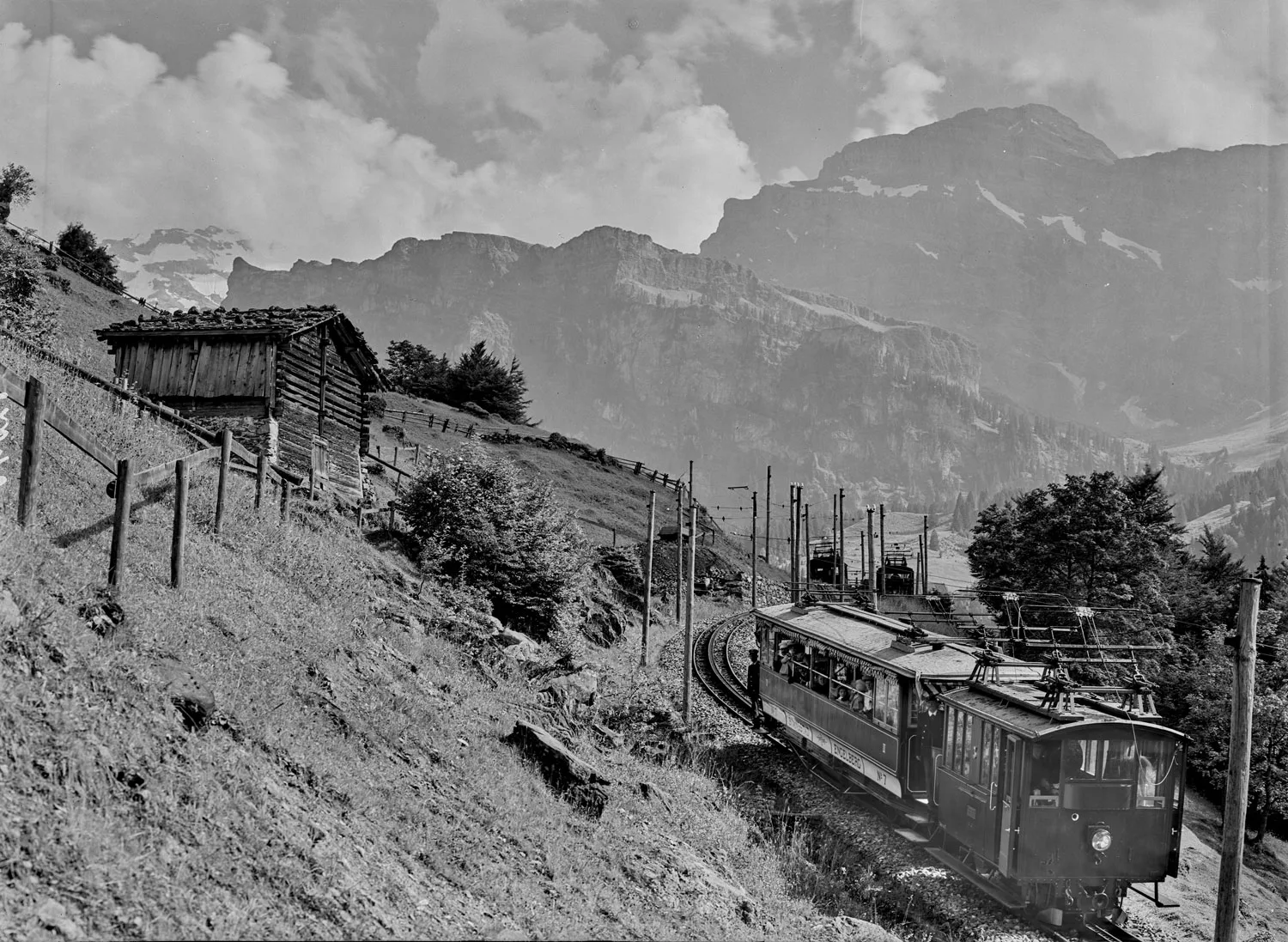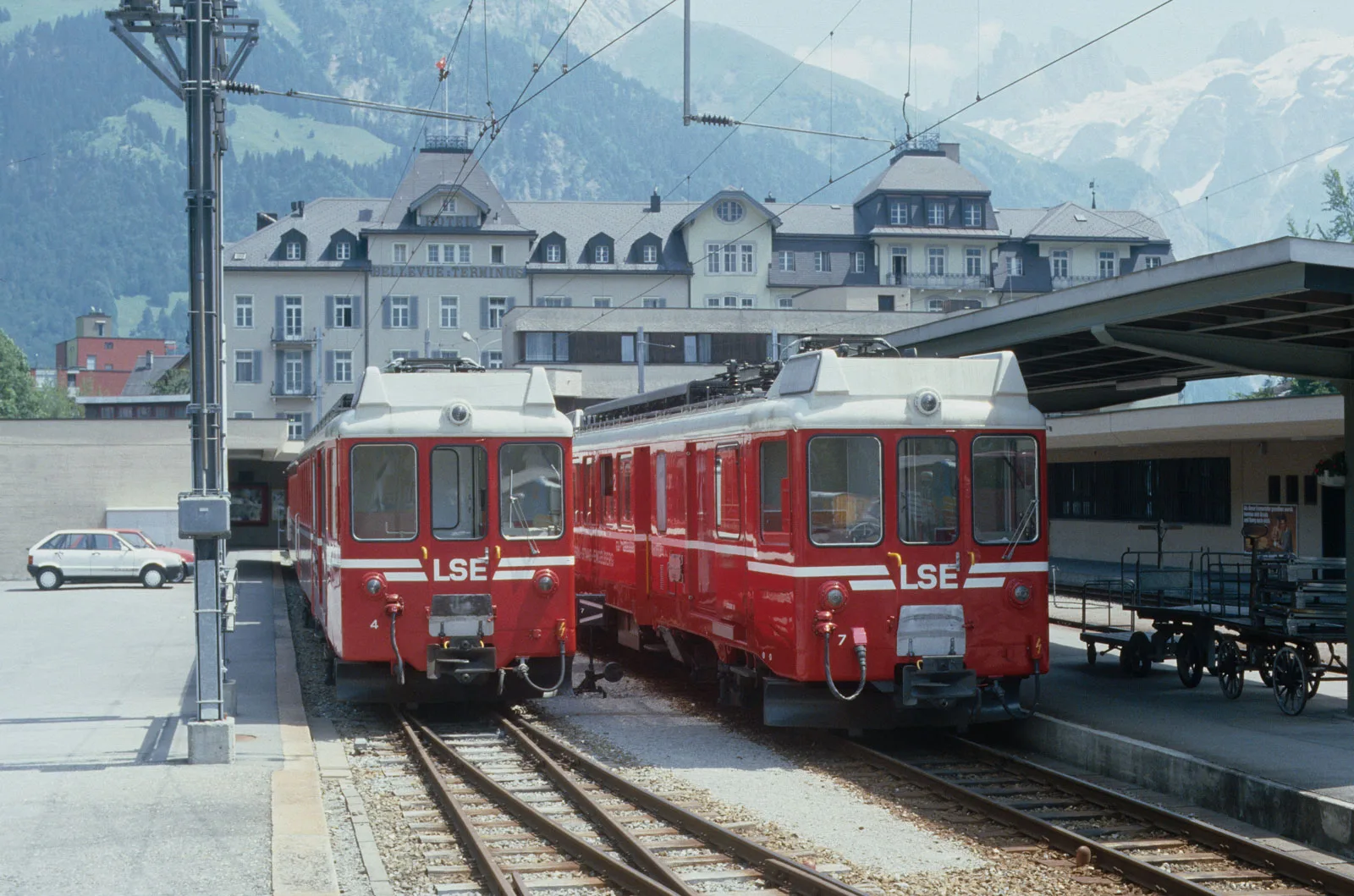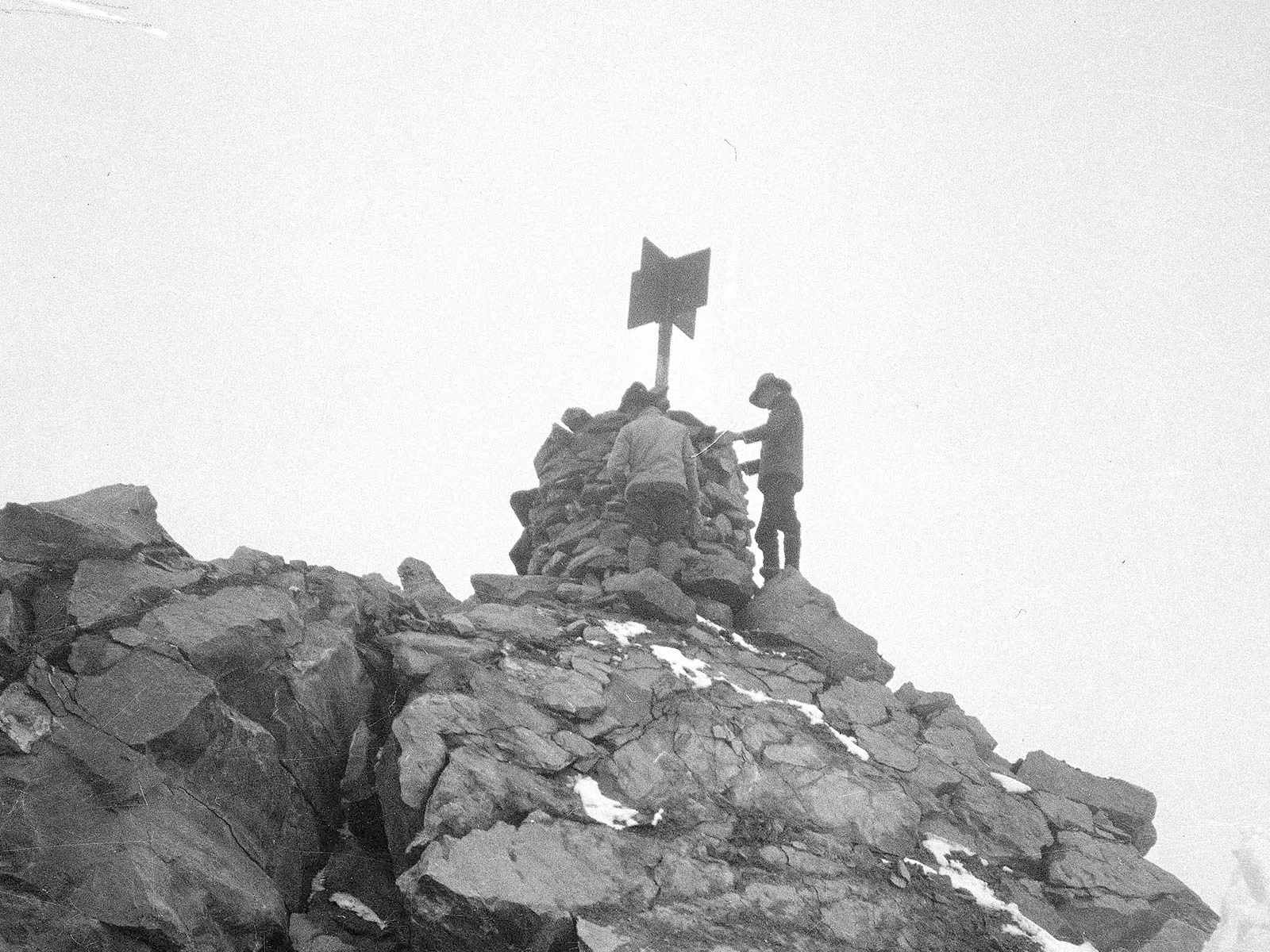Designing trains to scale the alpine heights
Falling travel costs and diminishing distances led to an increase in tourism in the 19th century. The Swiss mountains held a special fascination for many travellers, and innovative solutions were needed to transport tourists to the more inaccessible mountain areas in comfort.

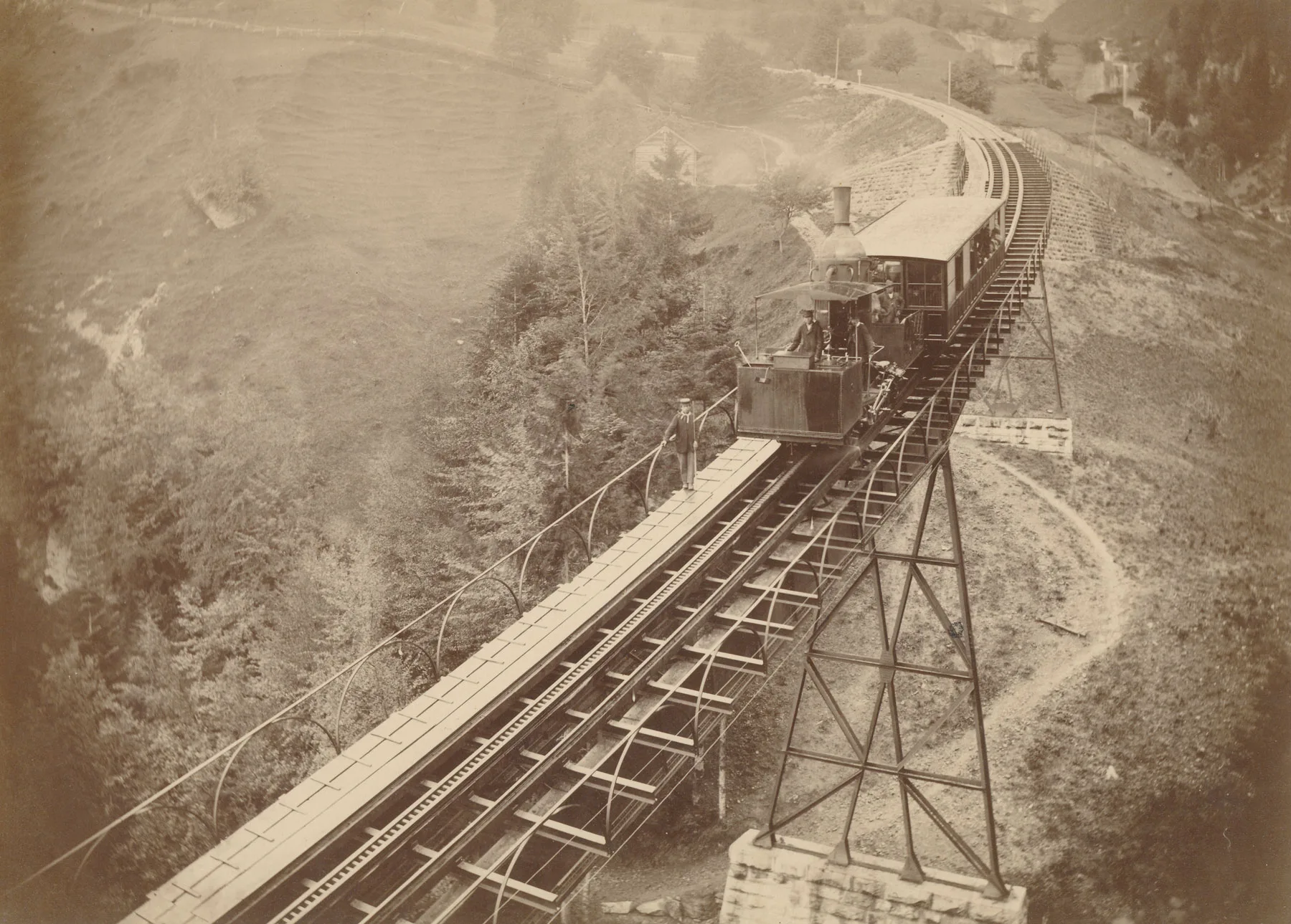
Inventor of the cogwheel system
The almost 70-year-old Marsh wasn’t really interested in exploiting the full commercial potential of his system. Around 1870, however, Riggenbach designed a much more efficient system and he wanted to maximise its potential for the alpine tourism market. Two of his students also turned out to be extremely capable railway engineers: Roman Abt (1850–1933) from Lucerne invented the Lamella rack in 1882, which was used in over 70 rail projects all over the world. Emil Victor Strub (1858–1909) developed a combination of the above designs, which was first applied for the Jungfrau railway in 1898. The world’s steepest cogwheel railway at a gradient of 46% – the Pilatus line opened in 1889 – was the system designed by Eduard Locher (1840–1910), whereby the cogwheels lock onto the track horizontally.
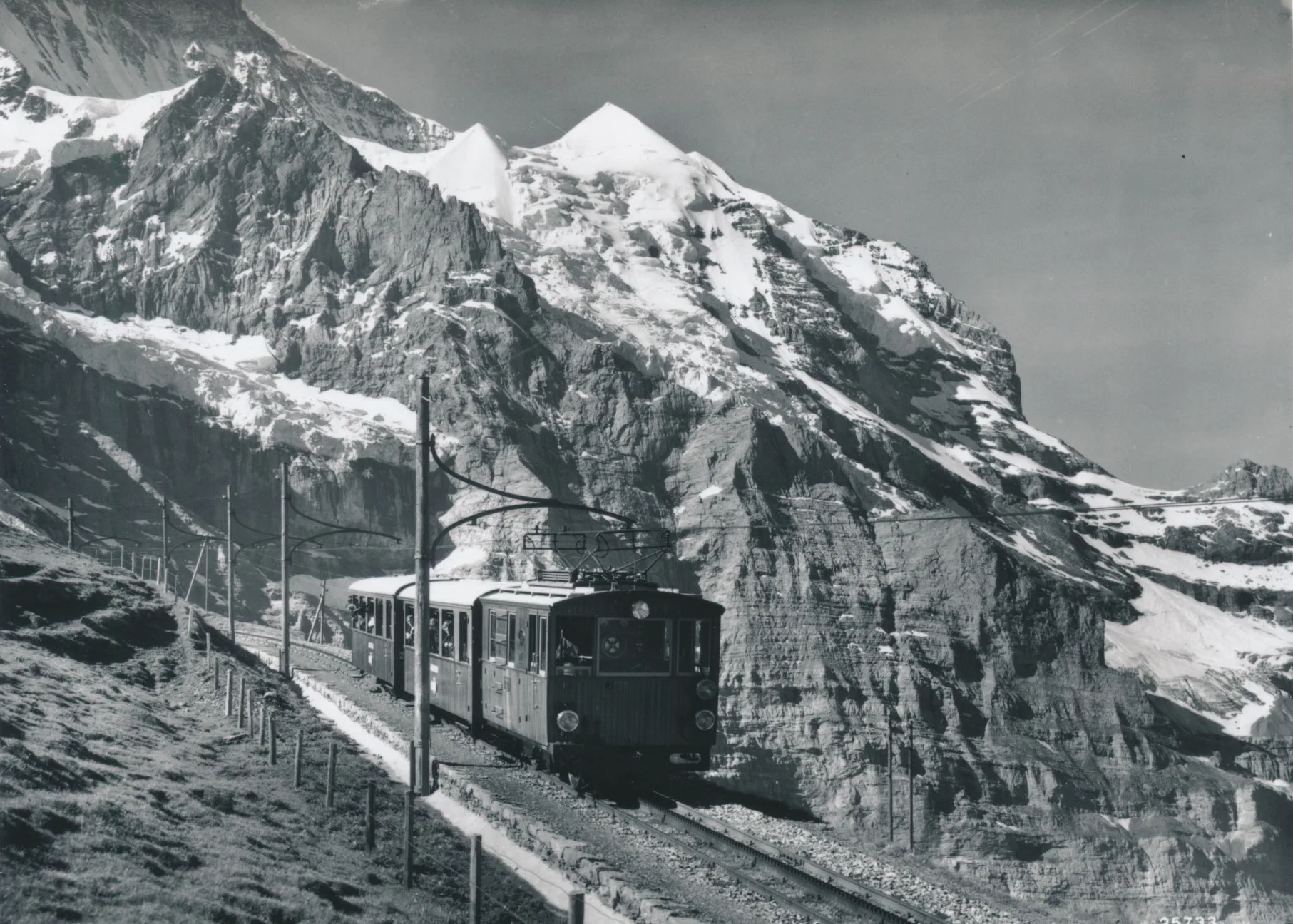
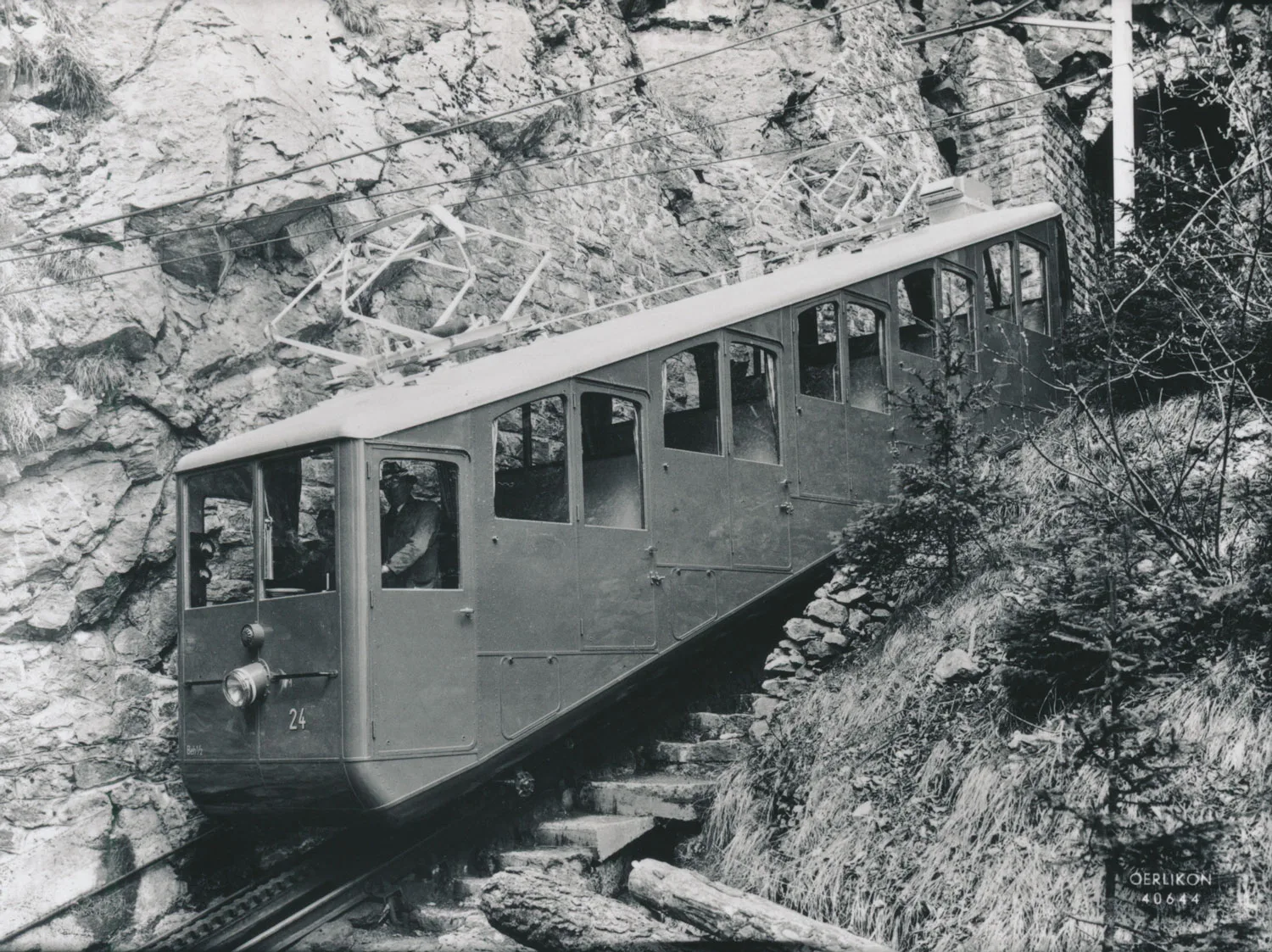
Exporting all over the world
Most of the world’s mountain railways are equipped with a cogwheel system developed by Swiss engineers. The main manufacturer of cogwheel locomotives was the Schweizerische Lokomotiv- und Maschinenfabrik (SLM) in Winterthur founded in 1871. Although some railways – in the Andes or Lebanon, for example – have been closed down, SLM locomotives are still running in Indonesia and Southern India. The world’s highest ever cogwheel railway was in operation from 1964 to 2017 with SLM railcars. It used the Abt system on the 4,301-metre-high Pikes Peak in Colorado (US). The railcars were replaced by new vehicles from Stadler Rail in 2021. Moreover, cogwheel railways are by no means restricted to alpine areas: they are also used on urban slopes – as with the Dolderbahn in Zurich, for example.
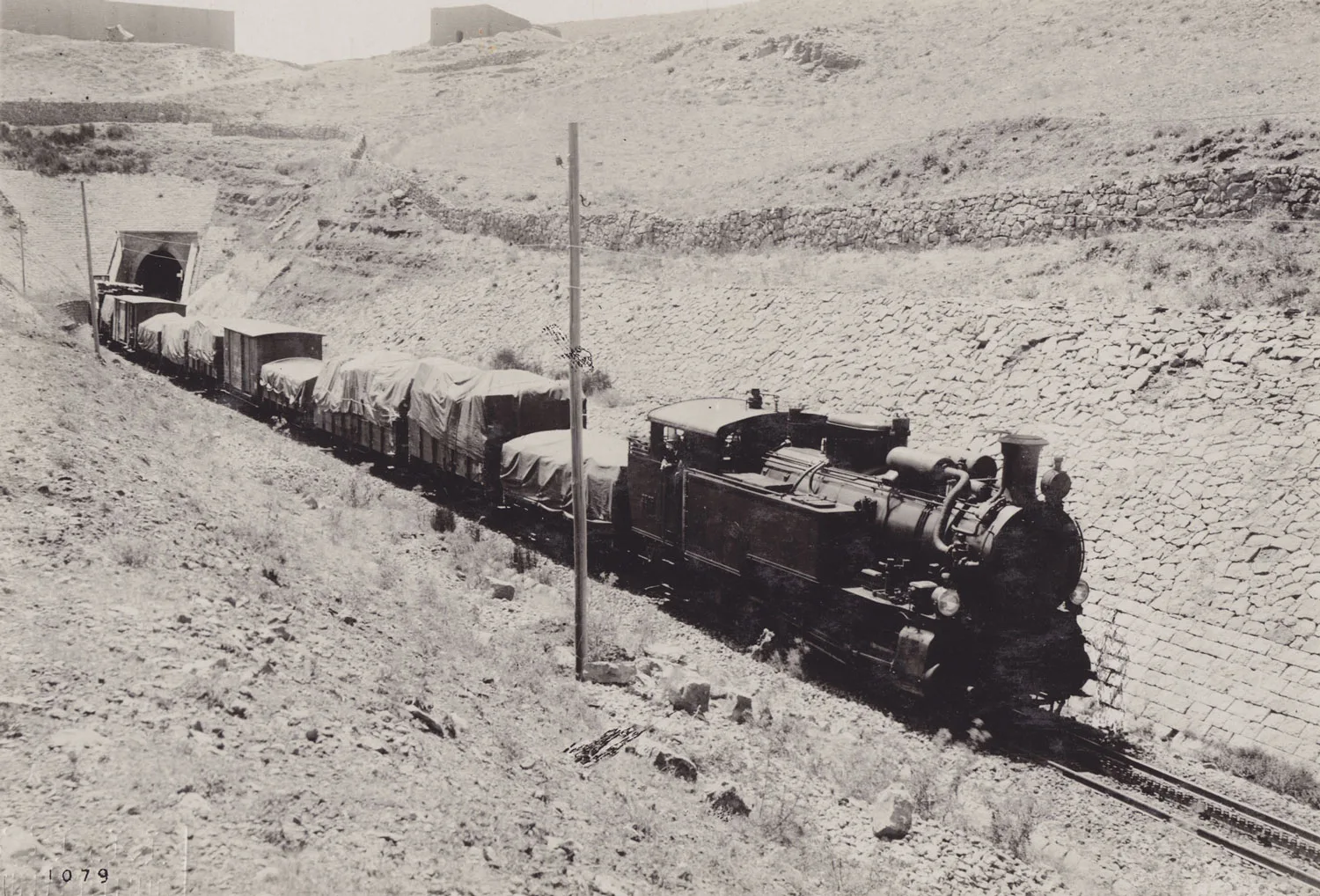
Adhesion and rack railway over the Brünig pass
